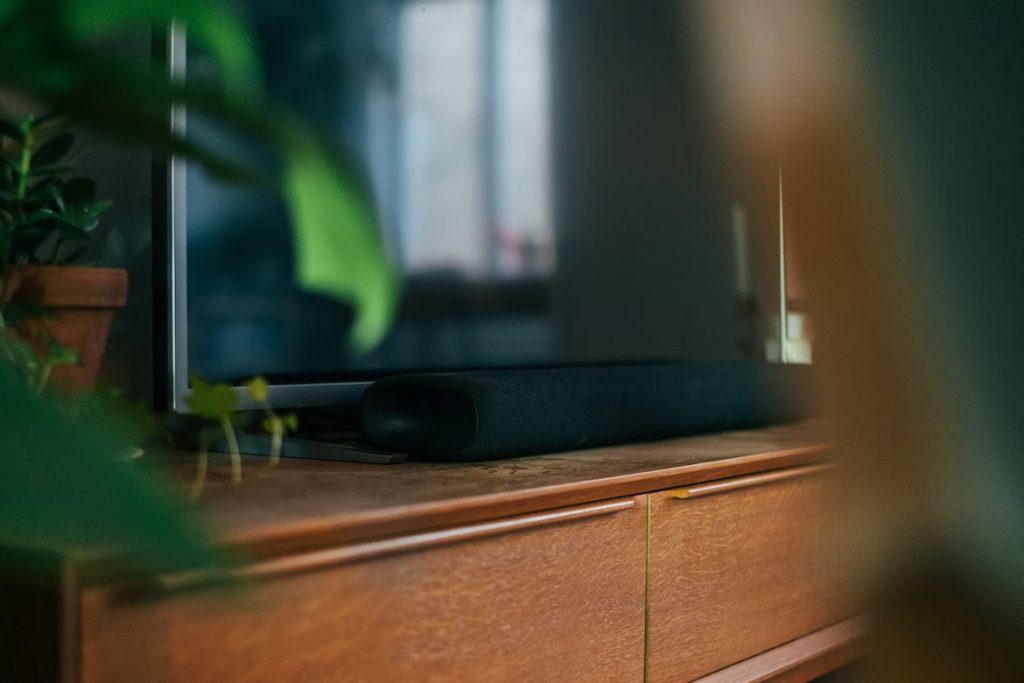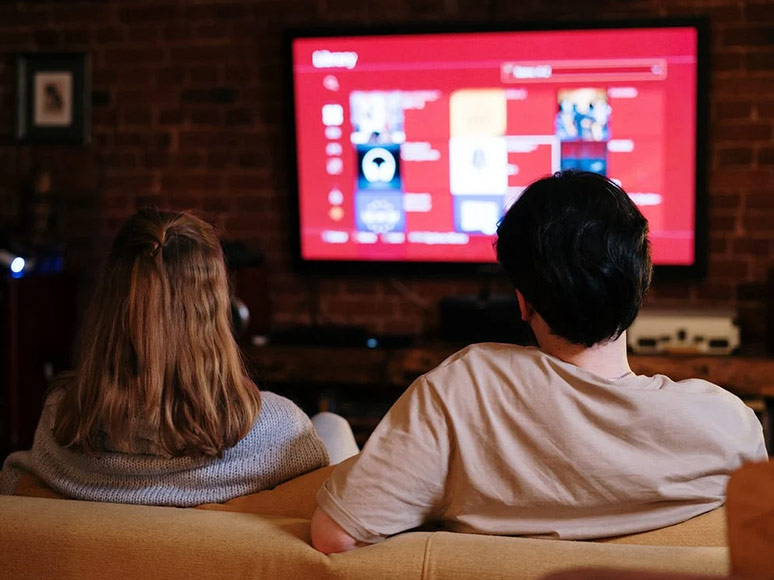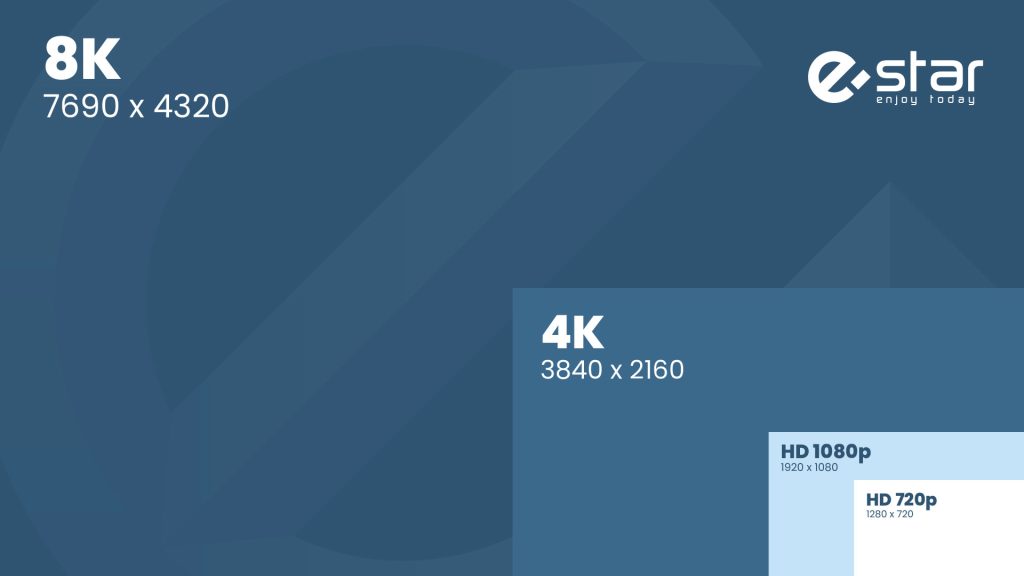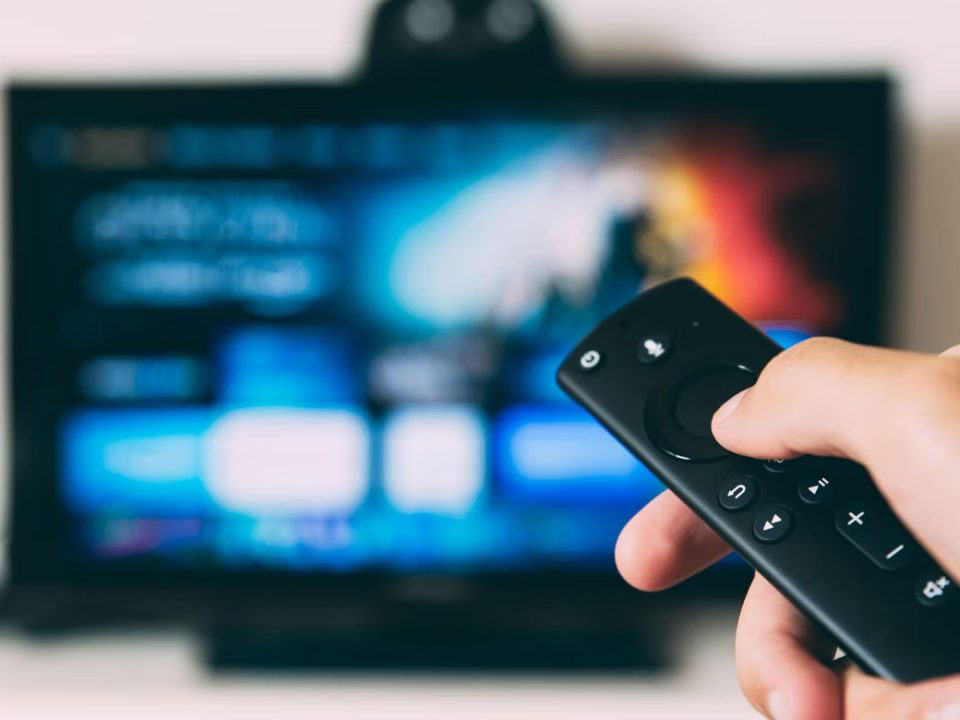
Private label products — benefits and challenges
July 4, 2022
How are superheroes influencing children’s values and development?
September 30, 2022Thinking about buying a TV? You may feel overwhelmed by the market and the number of options, whether you have been searching for weeks or just started prospecting. Finding a TV that has as many features as possible and responds to all your needs while meeting the budget can be challenging. Well, you are not alone.
To help all of you TV-seekers find the best device for your household, we elaborate a simple guide to help you buy the perfect TV – the one that meets your expectations and saves you a couple of bucks.
Buying a TV — more and more quality, features, and variety
Innovation, technology, and connectivity arrived on TVs. There are various technologies, features, and functionality to choose from when buying a new TV.
When considering buying a new TV, it’s important to research and ensure you’re buying something that will last. With the help of our guides and explainers, we can steer you in the right direction.
If you’re looking for shopping advice or need to know which features matter most when buying a smart TV, we’ve compiled all of our advice into one place to answer the most common questions.
Smart TVs — The obvious choice!
Before moving forward to the most complex questions, let’s get this out of the way: get a Smart TV. It’s the best investment you could make. Smart TVs are pretty standard these days, which is good. And trust us: if you don’t feel like you need a Smart TV because you are not into streaming or don’t need the internet connection, trust us: you will soon.
Learn more interesting facts about Smart TVs.
4 things to consider when buying a TV
1. Screen size – The bigger, the better? Not always!
Are you looking for a basic TV or a high-performance one? Either way, screen size is one of the biggest factors in your decision. There’s a saying: “Bigger is better. Go too small, and you will regret it.” Well, not really.
Many years ago, the family sofa determined the size of a TV, as the further away the sofa, the bigger the TV. However, TV’s are rewriting the rules.
One of the easiest methods for picking a screen size is to consider how many people in your family or household typically watch TV at once and where you will set your TV. Then, pick the largest TV size that will fit comfortably in that space (and in our budget) and that everyone can have a good look at. Nowadays, looking at price, performance, and a typical living room, the best size is around 55 inches/139cm.
However, you should also consider the size of your living room and where you want to sit. If you have headaches when watching TV or you can see the pixels on the screen, you are probably way too close. A simple formula is viewing distance (in inches) / 2 = recommended TV size.
We understand that picking the giant screen in the store can be tempting, but remember that the largest devices are made for big living rooms or home theaters. Remember to choose a size appropriate for your needs, whether the bedroom or the kitchen, where a smaller TV may be more appropriate.
2. Screen resolution – 4K is the best bet!
To cut a long story short, 4K is the one TV screen resolution to go. 4K literally means four times better than old high-definition (HD) standards, which is a crazy improvement, especially if it is a high-quality 4K TV.
Also, more and more content is being created in 4K, and the future holds exciting news in this field. Aware of the importance of the image quality to the viewers, content providers are preparing to release almost everything in 4K. But there’s more: thanks to the technology that transposes 1080p to 4K by adding pixel density, a new 4K TV will improve HD content. The truth is that with an HD TV, you are only getting a fraction of the digital data of the content, but with 4K, you get it all.
Think of pixels (short for “picture elements”) as the tiny individual dots that make up the TV’s picture. An HD TV, also called a 1080p model, has a screen resolution of 1920×1080, which means it has 1,920 pixels horizontally and 1,080 pixels vertically, so it contains roughly 2 million pixels in all. On the other hand, a 4K have screen resolutions of 3840×2160, so they contain 8 million pixels: 6 million more pixels than regular HD!
So, to conclude, the more pixels, the better, sharper, and lifelike the picture. And a 4K TV has it all! Also, remember that picture, brightness, contrast, and black levels are some other elements that will change according to the screen resolution of your TV.
What about 8K Smart TVs?
Nowadays, we’re starting to see 8K TVs with screen resolutions of 7680×4320. This resolution has more than 33 million pixels, which is a lot of detail! Nevertheless, we don’t recommend purchasing an 8K set right now because the prices are very high, and there is not enough content yet to make it worth your while.
3. Connections: go big or go home!
It’s probably not the first thing you think when buying a TV. Still, YOU should definitely consider the number and variety of connections of your future new TV, ensuring that it has the right inputs and outputs to support all your audio and video gear.
Most televisions now have side input and rear inputs, which provide flexibility for connecting source components to your TV. Usually, a Smart TV comes with several HDMI inputs, besides the Internet Connection and Bluetooth.
HDMI
HDMI is now the most common technology for connecting cable boxes, Blu-ray players, streaming media players, and game consoles to a TV. However, many budget sets have only one or two HDMI inputs. We recommend looking for at least three HDMI connections if you connect all your other components to a home-theater receiver or an HDMI switcher.
You may think that the number of HDMI inputs is not important, but if you are thinking about making your TV a true entertainment center, the more inputs, the best: add a sound bar, a Chromecast, or a game console, and, that’s it, you are done with HDMI inputs. But there’s more than HDMI: Bluetooth.
Bluetooth
Many manufacturers include Bluetooth in their TV devices, which is helpful, for example, in hearing devices. The ability to walk around the house listening to music, podcasts, or favorite shows while not disturbing others is golden!
4. Better audio? Consider investing in a sound bar
Most TV manufacturers assume you’re going to spring for a TV sound upgrade that works for you and your room. The evolution of picture quality has not been accompanied by sound, so it is normal to have a high-quality picture with a sound that does not meet your expectations.
And you are not alone or wrong if you think that the sound of the big and clunky TVs of the good old days had better sound. The reason is the size of the most recent TVs, which are increasingly thinner and do not have enough space for a big and robust sound system.
Televisions with good audio systems are usually very expensive. And even if you invest in a TV with considerable sound quality, you will spend more and get less quality than a soundbar. Sound bars are getting better and better and more affordable, so you will be able to improve the sound quality of your TV for very little. So, this is our device: try not to worry too much about the TV sound and consider buying a soundbar.

eSTAR – Buying a TV is affordable for everyone!
Besides these four criteria (screen size and resolution, connection, and audio quality), there’s the price, of course. How much are you willing to pay? What is your budget?
The good news is that you don’t necessarily need flashy brands at home. There are options like eSTAR, our private label consumer electronics brand, which goal is to offer high-quality TV( but not only) for an ‘on-the-budget’ customer.
So, buy a TV, not a brand. Explore all the alternatives and enjoy a TV as good as the high-end brands.
If you want to find the nearest store with eSTAR products, click here. Then, you just have to choose your country and choose the vendor. But if you are a retailer and would like to have eSTAR Smart TVs added to your product range, let’s talk! We are always looking for new partners worldwide.








